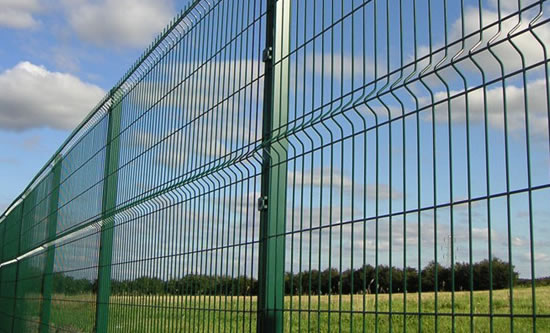NEWS
Will fence help free-range kids parked at Santa Rita?
Hot:Loading... Date:2019-11-26
We took our 2-year-old grandson to Santa Rita Park recently. I was wondering why there isn’t a fence between the park and U.S. Highway 550/160. There’s also no fence between the park and the Animas River. I understand not blocking access to the river, but the busy highway I’m not so sure about. Are there any plans to erect a fence between the park and highway? Sign me, Concerned GrandpaColorado, like many Western states, is an interesting place for fences.
Many people think fences are for keeping things inside. Not so.
Back in 1885, the Legislature passed a law declaring Colorado to be an “open range” or “fence out” state.
It means if you don’t want someone else’s livestock on your land, it’s your responsibility to build and maintain a “legal fence” to block interlopers.
Yes, we’re talking about kids and not horses, and building a fence won’t keep Ford Mustangs out of Santa Rita Park.
Nevertheless, “fence out” is an important concept.
The Colorado Department of Agriculture openly explains “open range” to city slickers:
“The necessity to have a fence to protect your property in rural areas is no different than in urban areas,” the agency’s website says.
“In urban areas, you need to have a fence if you do not want the neighbor’s dogs or kids in your yard, pool, etc. The same rule is applicable in rural or country settings.”
As they say, good fences make good neighbors.
In other words, the best way to be inclusive is to exclude.
But when it comes to children’s safety, a fence is generally seen as the best way to mitigate moppet migrations.
Using another Western analogy, it’s a corral.
Many parents will sing the praises of corralling.
Would that be a corral chorale?
On the other hand, parents with free-range kids will be singing another tune: “Don’t Fence Me In.”
“We’ve had a number of concerned parents ask for a fence,” said our good friend Cathy Metz, director of Durango Parks and Recreation.
“The original playground was installed in the ’80s, and since we upgraded the area and equipment, there are a lot more kids playing there.”
But, as Cathy points out, there has not been one instance in almost 40 years of a child wandering onto the highway and getting hit. Or getting mowed over by trail users. Or drowning near the playground.
Families are doing a great job of supervising the younger ones.
So is a fence an expensive solution for a problem that doesn’t exist? Or is it a priceless proactive approach to safety?
The city isn’t sitting on the fence.
“We’re having conversations with the contractors,” she said. “We’re exploring how we can have fencing that will match the columns and wrought iron being installed on the north end of the Santa Rita complex.”
As for a fence to keep kids from sauntering into the river, that’s not likely.
The Animas River Trail goes through 13 different city parks without a barrier between the path and the water’s edge.
The whole point of the trail is to not separate trail users from the natural environment, Cathy points out.
“There’s something truly special about our free-flowing trail along a free-flowing river.”
Therefore, the only gates along the river will be the gaits of those using the trail.





 冀公安网备: 13012302000474号
冀公安网备: 13012302000474号